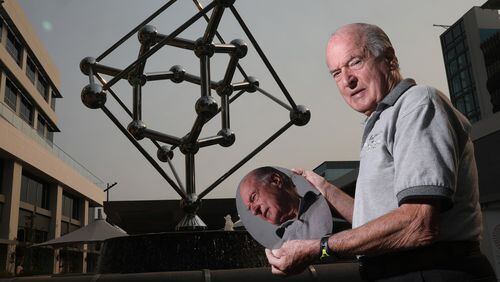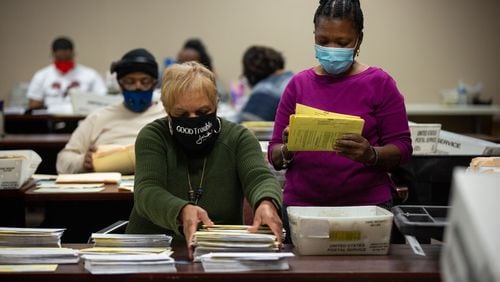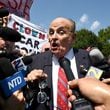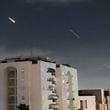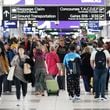MOUNTAIN VIEW, Calif. — Just where Silicon Valley was born has long been open to debate.
Is its birthplace the still-extant garage where Hewlett-Packard’s founders developed their first tech product while living at 367 Addison Avenue in Palo Alto in the late 1930’s? Or is at Stanford University where Fred Terman, a Stanford dean, set up a microwave research lab at the campus and fostered the creation of Stanford Research Park after World War II.
Jacques Beaudouin, 84, a Mountain View resident, has made it his mission over the past three decades to set the record straight. His efforts culminated in a public event titled “Celebrating the Birthplace of Silicon Valley” this summer in Mountain View.
For Beaudouin and a growing chorus of voices, the answer is that it originated in 1956 in a prefabricated building along San Antonio Road in Mountain View, where work on the first silicon-based semiconductor device got its start.
“Shockley (Semiconductor Laboratory) was essentially the birthplace of Silicon Valley,” Beaudouin said. “(William) Shockley was the instrument and the seed.”
Shockley’s lab closed decades ago and was razed in recent years to make way for the second phase of The Village at San Antonio Center, but was commemorated at its 391 San Antonio Road birthplace at the summer event. The designation is backed by the Institute of Electrical and Electronics Engineers, a worldwide engineering industry group. The city of Mountain View and the Computer History Museum also gave it their stamp of approval.
“This is the location where the first semiconductor company was started,” Siegel said. “Now we have Facebook moving into the buildings right there. Silicon Valley has reinvented itself many times since Fred Terman began promoting a community of scholars.”
William Shockley left Bell Labs in New Jersey in 1956 — the same year he was a co-recipient of a Nobel Prize in Physics for creating the transistor — for Mountain View to set up a lab to create transistors made out of silicon, a material cheaper than any in use but one that was untested. It wasn’t until eight of his employees — known as the traitorous eight — left over a disagreement on the direction Shockley was taking the lab in September 1957 and formed a rival semiconductor firm, Fairchild Semiconductor, that the first viable silicon transistors were manufactured.
Stanford professor James Gibbons, who began working with Shockley just prior to the split in August 1957 to create a semiconductor research lab at the university, sees it differently. Silicon Valley didn’t become a reality until Fairchild manufactured its first transistor out of an office at 488 East Charleston Road in Palo Alto, Gibbons said.
“The thing that counts is when they did it, not exactly where they did it,” said Gibbons. He puts the birth date at Sept. 19, 1957, the day that Robert Noyce and Gordon Moore, later co-founders of Intel Corp., and six others left to form Fairchild.
A large sculpture — fittingly of a silicon molecule — honoring Shockley’s lab is the centerpiece of the new plaza. Merlone Geier Partners, owner and developer of The Village, paid for the centerpiece as well as sculptures representing two early semiconductor devices and commemorative plaques that will be displayed at the site. When construction is completed, likely by the end of the year, the site will include two office buildings occupied by Facebook, a 167-room hotel, an eight-screen movie theater and 80,000 square feet of restaurants and retail stores.
Beaudouin was a young man with a chemistry degree whose only paying jobs had been mowing lawns when in 1959 he visited Shockley’s lab to ask the Nobel Prize winner to autograph a book Shockley had written. Beaudouin left with a job offer. The two shared a love of sailing and became close friends, a rarity, Beaudouin acknowledged, because Shockley was a meticulous and domineering boss.
“I never met such a bright man, a man who could understand complex things so quickly,” Beaudouin said. “I felt very comfortable with him.”
